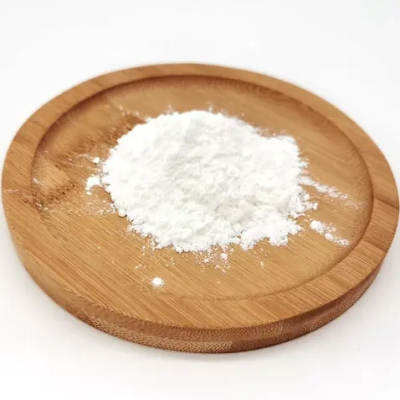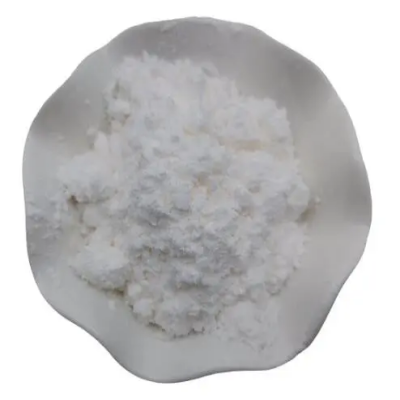2,3,5-Triphenyl-2H-tetrazolium chloride CAS:298-96-4
Viability Assay: TTC is primarily used as a viability indicator in biological studies. It is commonly employed to assess the metabolic activity and viability of cells. When TTC is added to living cells, the active dehydrogenase enzymes in viable cells reduce it to form a red formazan product. The amount of formazan produced is proportional to the number of metabolically active cells. This assay is useful in various research areas such as cytotoxicity testing, drug efficacy evaluation, and cell proliferation studies.
Bacterial Growth Assessment: TTC can be used to evaluate bacterial growth and viability. The reduction of TTC by active dehydrogenase enzymes indicates the metabolic activity of bacteria. It is commonly used to assess bacterial growth in microbiology experiments.
Tissue Viability Assessment: TTC finds applications in the assessment of tissue viability in various biological systems, including plant tissue culture. By measuring the reduction of TTC in tissues, researchers can determine the viability and metabolic activity of the tissues.
Redox Indicator: TTC acts as a redox indicator in chemical reactions. It undergoes reduction in the presence of active dehydrogenase enzymes, resulting in the formation of a red formazan product. This property of TTC can be utilized in various redox reactions and studies.
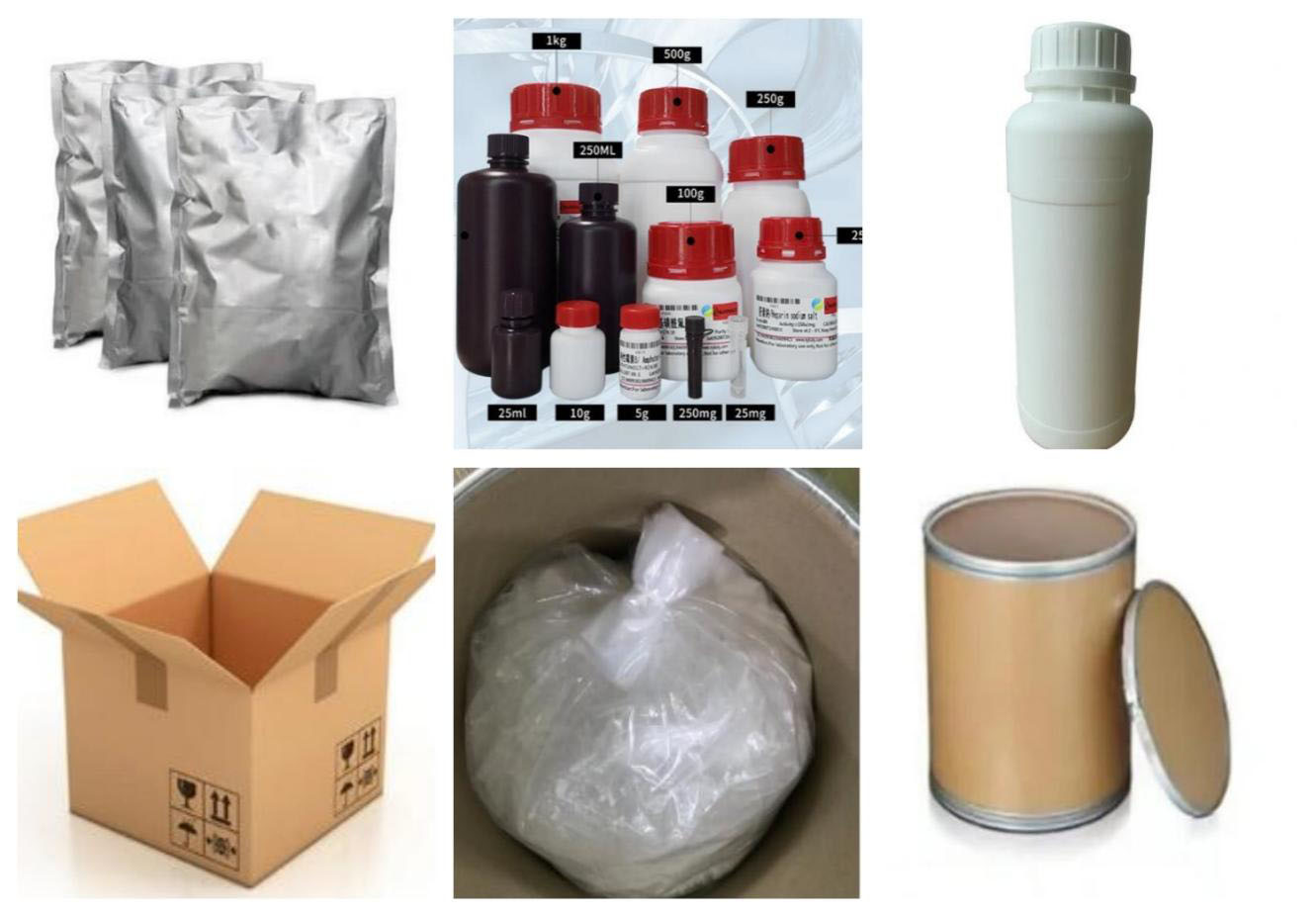
| Composition | C19H15ClN4 |
| Assay | 99% |
| Appearance | Faint yellow powder |
| CAS No. | 298-96-4 |
| Packing | Small and bulk |
| Shelf Life | 2 years |
| Storage | Store in cool and dry area |
| Certification | ISO. |


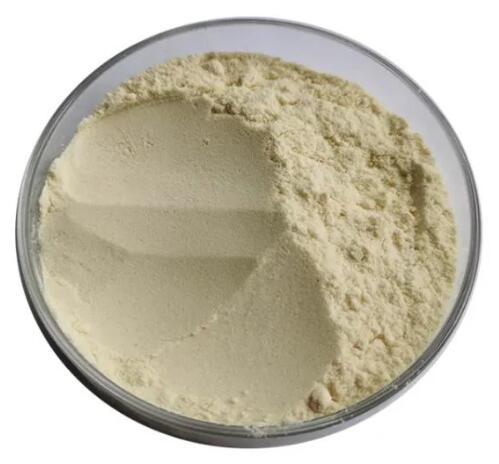


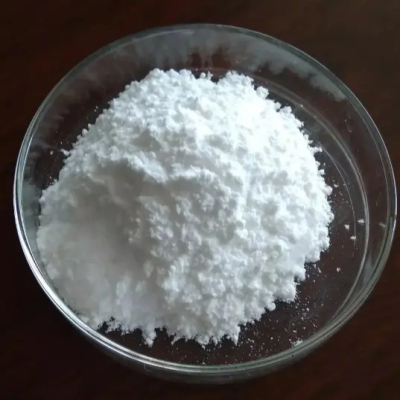
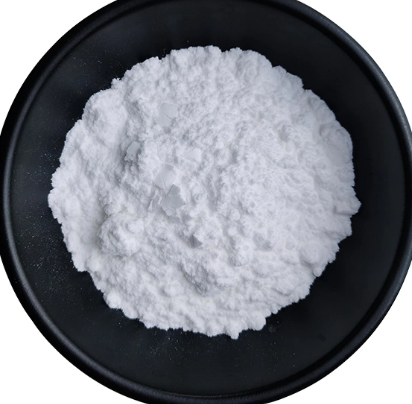
![Naphtho[1,2-c:5,6-c']bis[1,2,5]thiadiazole CAS:133546-47-1](https://cdn.globalso.com/xindaobiotech/WO70D3S3M@H2JIKQ74.png)
